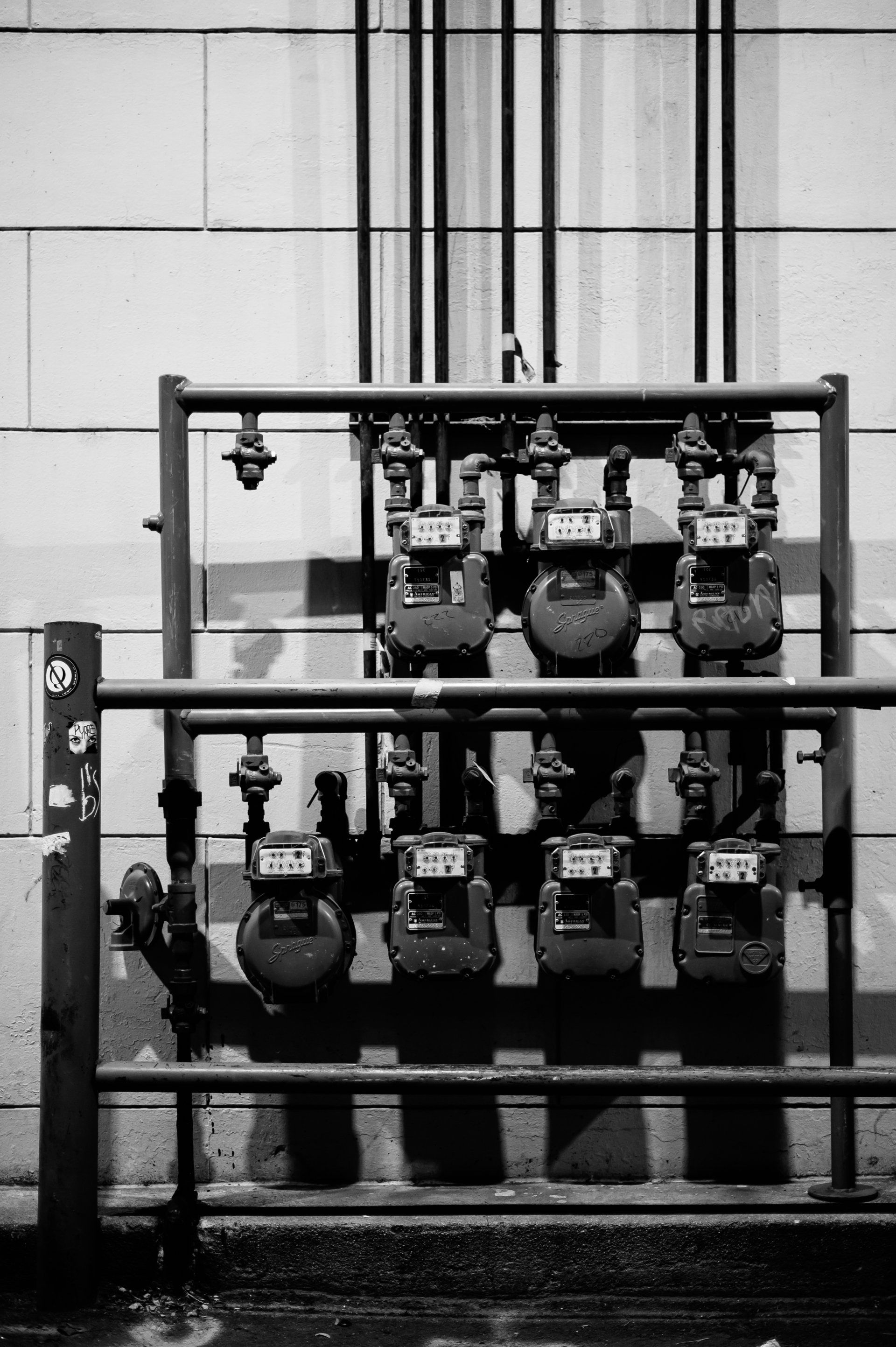How to handle sewer replacement without losing your cool
Sewer Trouble isnt just a dirty word
Nobody likes to think about their home’s sewer system—until something goes wrong. From strange smells to soggy lawns, damaged sewer lines can cause major headaches if left untreated. Whether you're dealing with aging pipes, tree root invasion, or frequent backups, sewer replacement might be the long-term fix you need. Don’t panic—we’ll walk you through the signs, the process, and how to avoid common pitfalls.
Step 1: Know the Warning Signs
Most sewer problems start with subtle clues. Catching them early can save you thousands in repairs. Watch for:
Frequent drain clogs or slow drainage
Gurgling noises from your toilet or sink
Sewage smells inside or around your home
Lush patches of grass or soggy ground near your sewer line
Mold or water damage in your basement
If you spot any of these, it’s time to call in a plumber for a camera inspection.
Step 2: Get a Professional Diagnosis
Don’t guess—have your line professionally inspected with a sewer camera. This helps pinpoint the damage, assess the pipe’s condition, and determine whether full replacement is necessary or if a spot repair will do.
Ask your plumber:
What material is the current pipe made of (clay, cast iron, PVC)?
What’s the total cost and warranty?
Step 3: Prepare for the Work
Once you approve the quote, the replacement usually happens in a day or two. Here’s what to expect:
Temporary water shutdowns
Yard access needed
Permit and code compliance (your plumber should handle this)
Post-replacement inspection to ensure the new line is working flawlessly
Expect costs to range from $3,000 to $15,000, length of pipe, and local rates.
Step 5: Maintain Your New Sewer Line
After replacement, keep your line healthy by:
Avoiding flushing grease, wipes, or non-biodegradables
Scheduling regular cleanouts or inspections
Planting trees away from your sewer line
Many new sewer installations come with a 5 yr warranty.
Conclusion: A Clean Fix for a Dirty Job
Sewer replacement might not be glamorous, but it’s essential for a safe, healthy home. With the right team and a bit of preparation, the process can be smoother—and less stressful—than you think. investing in your home’s infrastructure today can prevent disasters tomorrow.
🧾 Homeowner Sewer Replacement Checklist
✅ Spot the Warning Signs
☐ Frequent clogs or slow drains
☐ Gurgling noises from toilets or sinks
☐ Unpleasant sewer odors indoors or outside
☐ Soggy or overly lush patches in the yard
☐ Mold or water damage in basement/lower level
✅ Schedule a Sewer Inspection
☐ Hire a licensed plumber for a camera inspection
☐ Identify the location and extent of the damage
☐ Determine the age and type of existing sewer line
✅ Compare Repair Options
☐ Ask if trenchless sewer replacement is possible
☐ Request quotes for both traditional and trenchless methods
☐ Confirm what's included in each estimate (permits, cleanup, warranty)
✅ Prep Your Property
☐ Clear access to the sewer entry points
☐ Ask about utility shutoffs during the work
☐ Protect nearby landscaping or valuables if excavation is involved
✅ During Replacement
☐ Confirm permit and code compliance
☐ Communicate any changes or concerns with your contractor
☐ Request a post-installation camera inspection for peace of mind
✅ After the Work
☐ Ask for documentation and warranty paperwork
☐ Schedule routine cleanouts or inspections every 1–2 years
☐ Educate household members on sewer-safe habits (no grease, wipes, etc.)
You might also like
Reliable Plumbing Plus Expert Tips




